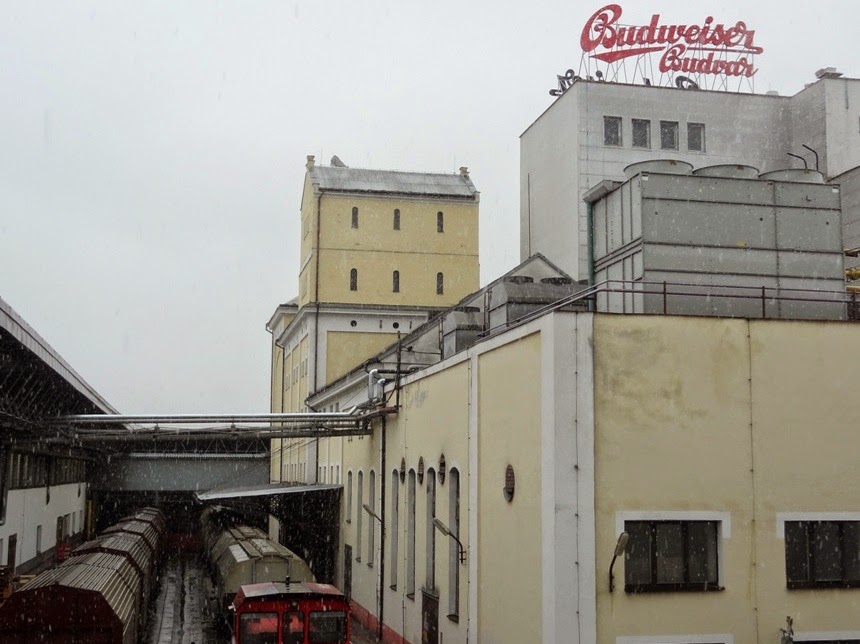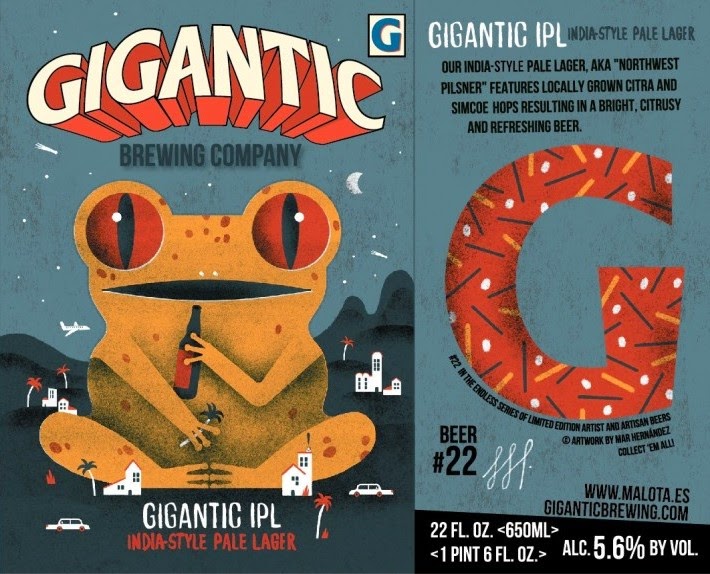Brew Britannia: The Strange Rebirth of British Beer
Jessica Boak & Ray Bailey
Aurum Press, 298 pages
$20
Considering the long history of British brewing, most historians have focused on London or Burton and their respective great eras of brewing. Few have turned their attention to the most recent forty years, a depressing time when ales lost out to lagers and breweries consolidated and collapsed by the legion. But it's possibly the most dynamic period in Britain's brewing history, and certainly one of the most interesting--and these are the decades Jessica Boak and Ray Bailey consider in their engrossing new book,
Brew Britannia.
The narrative they tell is equal parts straight history and ethnography. The events are fascinating because they're so
English. (The title of the book is slightly misleading; this is really a story about England, and nearly all the protagonists are English or live and brew in England.) The story starts out describing the activities of two different citizen groups, both devoted to preserving some part of English life that seemed imperiled by the churn of modernity. The first didn't have a huge impact on the course of events, but the second, the Campaign for Real Ale (CAMRA), did.
For the first time, I finally understood the context that gave rise to CAMRA and the effect it had in English life. And, given that the switch from ales to lagers continued to plug along unabated through the 70s, 80s, and 90s, CAMRA's impact really does seem to mostly cultural. They did not so much restore real ale as they did change a nation's understanding about it's place in society. If cask ale did not displace lager, it at least came to be seen as local, as English--a powerful shift that may have at least allowed it to survive.
Boak and Bailey then describe how small breweries started popping up in the 70s and 80s. Americans who (like me) imagined this development paralleled the US microbrewing trend of 1980s will discover they are mistaken. Again, the contours of this story are entirely English. The first small breweries made cask ale. It would take a couple decades before breweries started making the stuff we think of as "craft beer," and yet even that part of the story is particular to the situation in the UK.
Boak and Bailey did
scads of research and talked to tons of people in assembling the book. The arc of
Brew Britannia is told through the stories of scores of individuals--activists, beer drinkers, and brewers--which makes it a hugely propulsive read. We've enjoyed a number of good beer books in the last few years, but none can touch
Brew Britannia in terms of pure entertainment. If you have even the slightest interest in English beer, you'll really enjoy it. (Even people who are interested mainly in American craft breweries will find it interesting because of the contrast it offers to our story.) And for people like
Ted Sobel (and me), it is an absolute must-read.
__________________________
Addendum. As I read the early chapters, marveling at the way the English seem to naturally form clubs and campaigns, I wondered why we don't do that here in
the US North America. The Brewers Association has effectively seized the space occupied by CAMRA in the UK, and they have taken it in a very particular direction. It's not that CAMRA is a flawless organization (in fact, it's got so many problems that CAMRA-bashing is something of a national pastime), but it is a
consumer organization. They do not represent the interests of the breweries, but the people who drink beer.
If we in
the US North America formed our version of CAMRA, I doubt we would spend so much time obsessing about who owns which brewery, seemingly the sole concern of the Brewers Association. In framing the conversation in the UK, CAMRA in some ways invented English beer--or at least the idea of it. If consumers made an American-beer advocacy group, what would
they focus on? I don't have any ideas, but it would not be the issues that so interest the Brewers Association.







